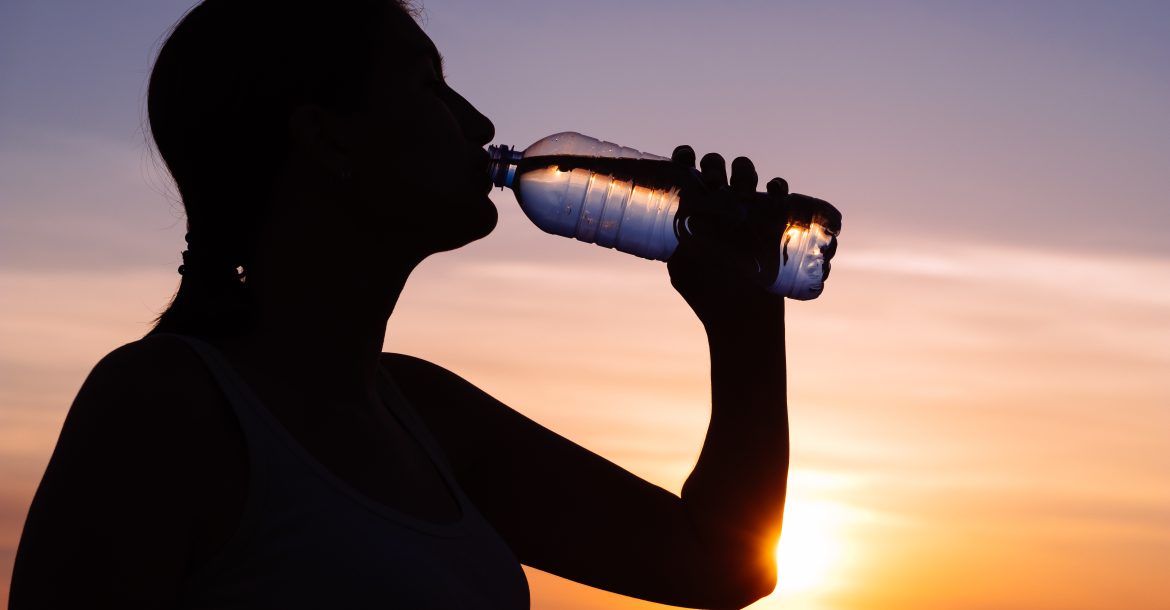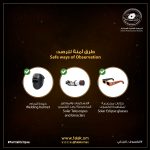Muscat: This summer saw temperatures in Oman and elsewhere reach record-breaking levels, leading to a huge heat stroke hazard. However, if equipped with the proper knowledge, the risk of a heat stroke can be avoided.
First of all, heat stroke is much different than heat exhaustion. While heat exhaustion and heat stroke are both types of hyperthermia, the former isn’t as dangerous as the latter. Heat exhaustion can develop into heat stroke if left untreated, and a heat stroke can cause neurological problems and might even be life-threatening.
Basically, a heat stroke occurs when one’s body can’t cool itself down and if one’s body temperature crosses 104 degrees Fahrenheit. While anyone can get heatstroke, there are certain factors that increase the risks. For instance: drinking alcohol, being dehydrated, intake of medicines that affect your body’s ability to regulate temperatures, such as diuretics, sedatives, tranquilizers, or heart and blood pressure medications, having certain medical conditions, such as a sleep disorder or problems with your heart, lungs, kidneys, liver, thyroid or blood vessels, wearing heavy or tight clothing, such as protective gear, obesity, and so on.
Read More
- Why don’t more women participate in cardiac rehabilitation?
- Toxic Positivity: When “Stay Positive” Gets in the Way
- Embracing Omani parent’s culture: A Paragon to a Healthy Living
- We have plans to introduce robotic surgery in Oman, says Dr. Azad Moopen
- 175-bed multispecialty Aster Royal Al Raffah Hospital opens in Al Ghubra
Know the signs
In order to be sure of whether someone has suffered a heat stroke, look for the following symptoms:
- Anhidrosis (dry skin that doesn’t sweat, which is more common in non-exertional heatstroke).
2. Ataxia (problems with movement and coordination).
3. Balance problems.
4. Delirium (confusion or disorientation).
5. Dizziness.
6. Excessive sweating that continues after you’ve stopped exercising (more common in exertional heatstroke).
7. Hot, flushed skin or very pale skin.
8. Low or high blood pressure.
9. Lung crackles (bubbling or gurgling sound in the lungs).
10. Nausea and vomiting.
11. Oliguria (low urine output).
12. Rapid breathing or tachycardia (fast heart rate).
13. Seizures.
14. Syncope (fainting) or loss of consciousness.
15. Weakness.
Healthcare providers typically diagnose heatstroke in the emergency department. They review your symptoms, perform a physical exam and take your temperature. They may also order blood tests or urinalysis. Additional tests might include a chest X-ray or electrocardiogram (EKG) to monitor the electrical activity in your heart.
How to administer preliminary treatment for heat strokes
While waiting for medical help to arrive, one can administer the following preliminary treatment:
1. Applying ice packs to the neck, groin and armpits.
2. Encouraging them to drink slightly salted fluids, such as sports drinks or salted water.
3. Having them lay down in a cool, shady, well-ventilated environment.
4. Immersing them in cool water, if possible.
5. Misting them with water and blowing air across their bodies (evaporative cooling).
6. Monitoring their breathing carefully and removing any airway blockages.
7. Not giving any medications, including aspirin and acetaminophen.
8. Removing any clothing that is tight or heavy.







